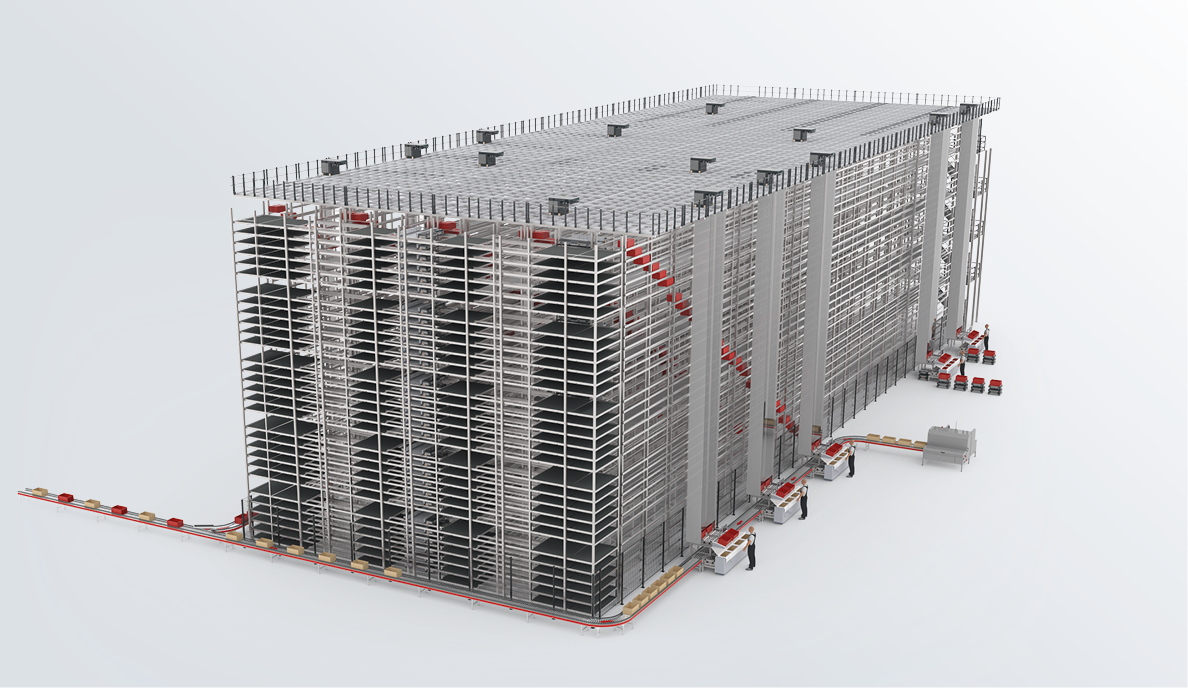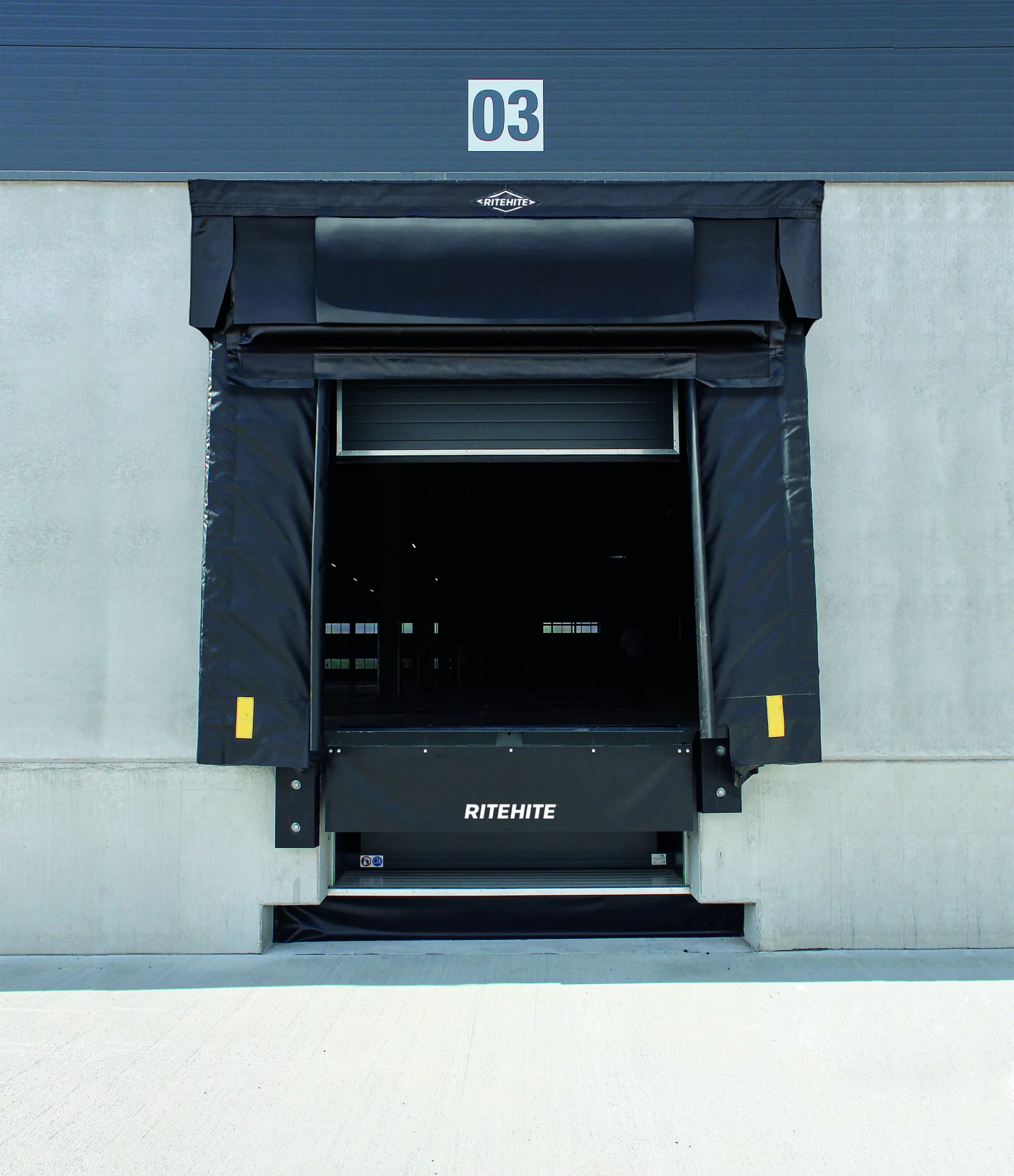Mitsubishi Forklift Trucks has added to its award-winning warehouse series with an extremely robust, compact, and richly featured new platform stacker series. Available in 1.2- and 1.6-tonne capacities, AXiA EM has been developed to offer high performance operation in a wide series of high bay stacking, order picking, and transport supply/feed applications.
Indeed, everything about AXiA EM has been designed to maximise flexibility and optimise productivity through state-of-the-art ergonomics, precise handling, and exceptionally low cost of operation.
It comes in three configurations: foldable platform with optional foldable side protection bars, fixed side entry, or rear entry protected platforms. Each offers excellent, progressive damping to eliminate vibration and fixed platform models have an option for electrical adjustment to suit the weight or preferences of individual operators.
An extensive series of mast models are available to suit every application. Duplex masts offer lift heights from 2690mm to 4200mm, while Triplex masts deliver lift heights from 4350mm to 5400mm.
An optional Initial Lift allows AXiA EM to serve as a double pallet handler for greater efficiency, with exceptional ground clearance for ease of use on uneven floors.
AXiA EM can be supplied with lead acid or built-in Li-ion battery for fast opportunity charging, making it the ideal stacker to support intense 24/7 operations that demand maximum uptime, with lead acid available as an option.
Smooth, precise operation
AXiA EM features a sturdy 4-point chassis with a drive system designed to keep the truck consistently stable for smooth, stress-free handling that generates operator confidence and reduces the risk of incidents and damage.
The ErgoSteer tiller head is as robust as it is intuitive to operate. Protected against damp and dust it is ideal for all applications. Described as ‘the most ergonomic tiller head on the market’ it has been designed to eliminate strain and repetitive strain injuries reducing fatigue and helping avoid unnecessary – and costly – absences. To maximise flexibility, AXiA EM is available in a choice of modes. ‘Easy’ with its slower acceleration and softer braking is perfect for fragile goods or inexperienced operators. ‘ECO’ optimises power use to extend shift lengths while still retaining high performance. ‘PRO’ is for high performance in intensive operations.
Heavy-duty construction guarantees long-term productivity
The Controlled Cornering System helps prevent dangerously fast manoeuvres by sensing the angle of a turn and the velocity of the steering motion at the very start of a turn, and dynamically reduces speed at the very start and progressively through the turn for smoother, safer, and more consistent cornering. Designed with productivity in mind, AXiA EM delivers smooth, swift, and precise lifting and handling that gives the operator confidence to work confidently and productively. At the same time, the heavy-duty construction will maintain the company’s near-legendary reputation for non-stop reliability in the most demanding applications.







